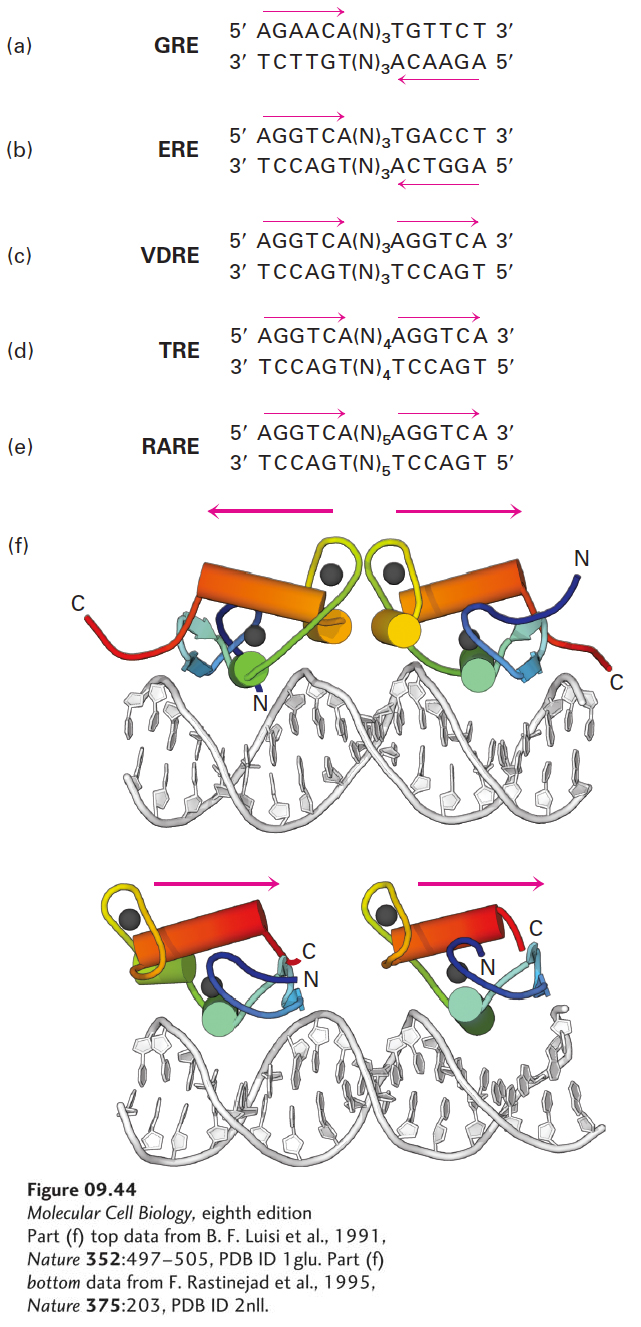
FIGURE 9- c– r- R- R- R- R- f- f- R- o- t- f- R-
[Part (f) top data from B. F. Luisi et al., 1991, Nature 352:497–